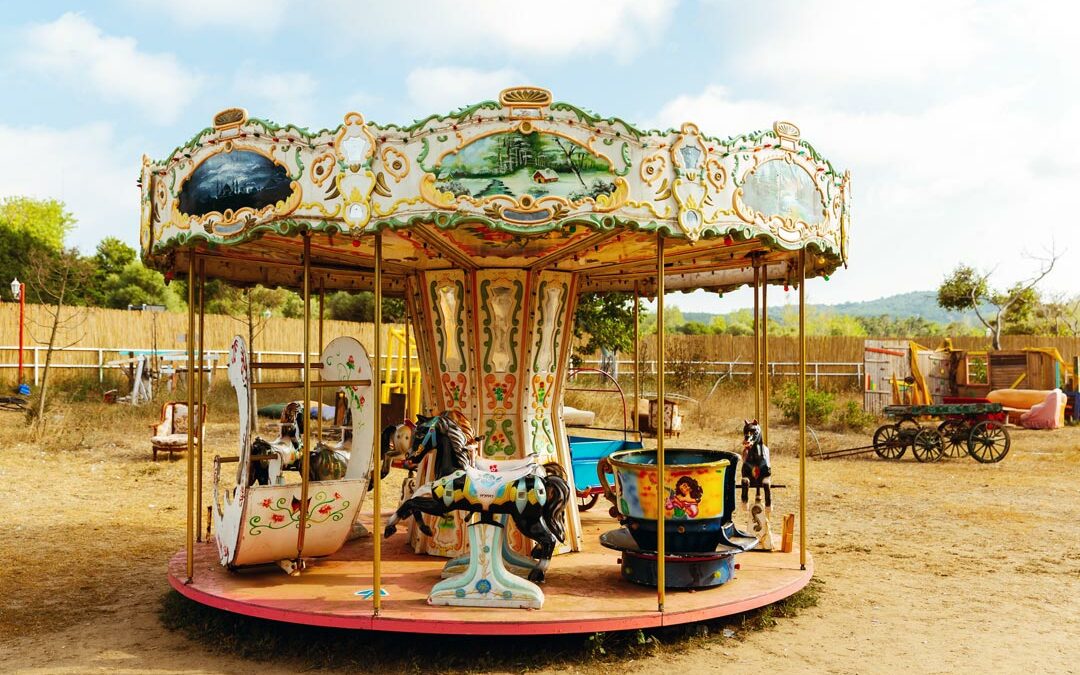In some of my recent posts, I have mentioned the term “carouselling,” as it pertains to the recycling of diabetic testing supplies. I have had several people inquire about this term and how the scheme works.
Carouselling Is the purchasing and reselling of previously purchased medical equipment and devices, thereby causing an insurance payor to pay for the same piece of equipment or device more than once.
As I recently posted on LinkedIn (included below) regarding a case in Florida that involved diabetic supplies, I see this as a true retro fraud. The tele-fraud schemes are prevalent. We read about them regularly, and if you work in the healthcare FWA world, you are undoubtedly familiar with the OIG “Operation Brace Yourself” project. I know the facts of that project well, and the tele-fraud was the foundation by which the scheme was able to be as successful as it was (until the OIG investigated).
The diabetic testing schemes were no different; call centers, social engineering, and hitting the Medicare program as hard as possible until detected. I investigated several of these schemes and listened to hours upon hours of audio recordings of the calls. As I mentioned in the post, listening to these recordings can be heartbreaking, as you can hear the manipulation going on, the feeling of excitement from the Medicare beneficiary that their doctor cared enough to work with the representative on the phone to get them the most up to date, and a talking testing meter, all the while the dollar signs are ringing in the background.
It is on the beneficiary to contact their current supplier to inform the supplier of the change. This is where the first breakdown occurs. It becomes a race to the finish line, as to which supplier will be able to hit the send button on the reimbursement claim. The amount of testing supplies will continue to grow, as the beneficiary no longer uses old supplies and the extra sits.
Have you ever seen the lawn signs on the road about “I buy diabetic supplies?” These are likely eBay resellers. With some changes that occurred in this space over the past few years, the carouselling is much less prevalent. Insurance plans would previously pay several times for the same product, hence the “carouselling.”
I had one case, where the boxes were so damaged, it looked like they were run over by a truck (two or three times). The manufacturer can track a lot number to the point of drop off for sale, but nothing beyond that. If a box were purchased or dispensed from that initial point of drop off, there is no way to know to whom it was dispensed. If it was resold, there is no way to track it beyond that initial drop off.
I once interviewed an individual who had sold testing strips on eBay, as part of a larger case. The individual was a college-age kid, who saw a way to capitalize and make some money. He would post lawn signs around town, and pay cash for the strips. He then took photographs and posted them on eBay for sale.
Now in this instance, they were cash deals, so no insurance was involved. However, before the days of wholesalers needing a pedigree to show the tracking of the product, these products would be purchased in bulk from wholesalers and then resold-and Medicare might then pay again for the same box of strips. With pedigree requirements in place, meaning that a wholesaler must be accredited and approved by the insurance company, carouselling has been negated (although I am sure there are some schemes to work around that as well).
The issue of kickbacks in the form of the meters to induce the patients, however, is still a risk area. More importantly, in any instance where the beneficiary is put in the position of responsibility to deal with some of the complex issues of Medicare benefits, it certainly opens a door for fraud to occur.
A captive audience of Medicare beneficiaries, many of whom are home alone, are ripe targets. Sitting home all day, especially during the COVID-19 times, and a ringing phone – the scenario is an easy one to see like a train on a track.

